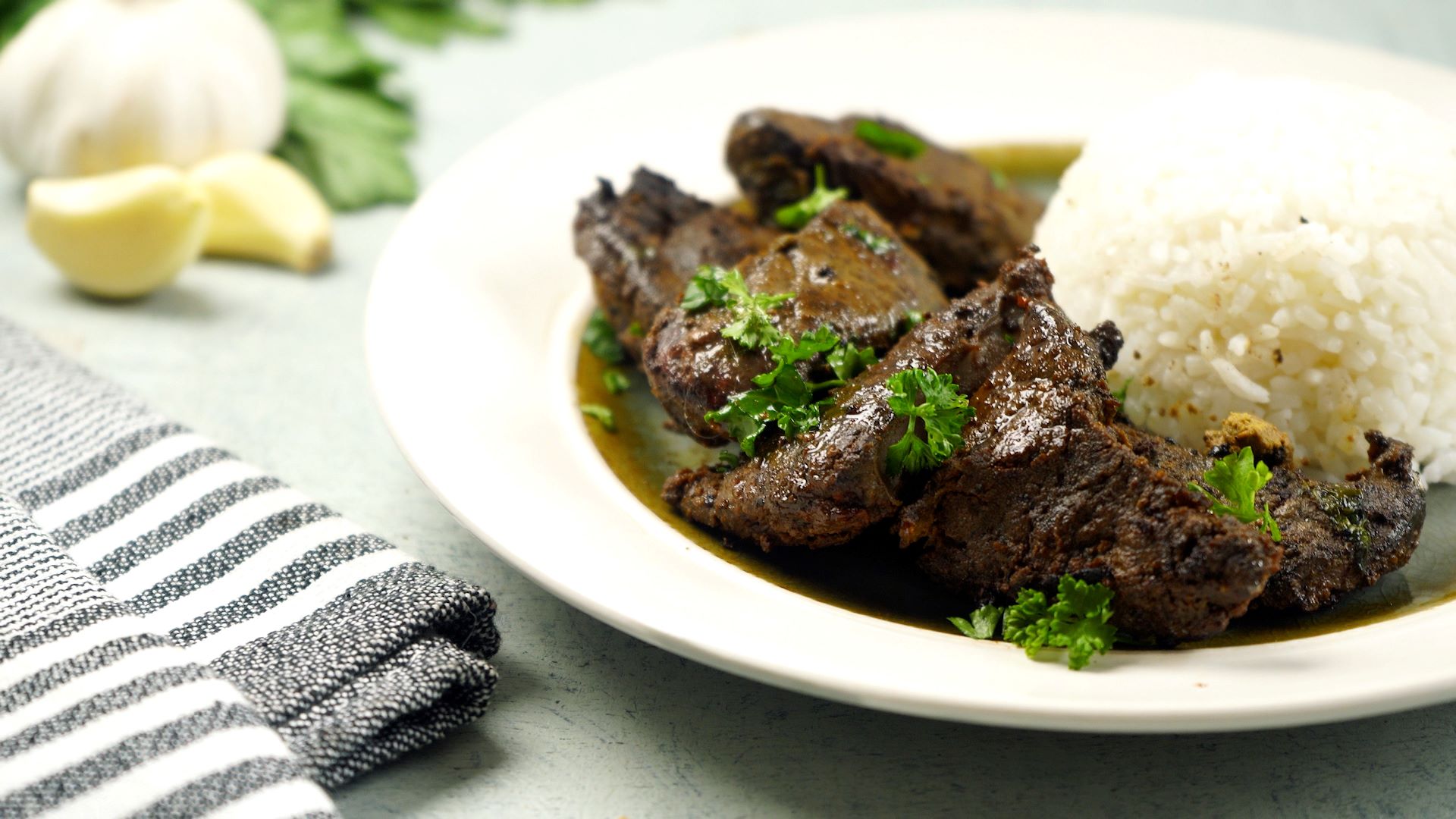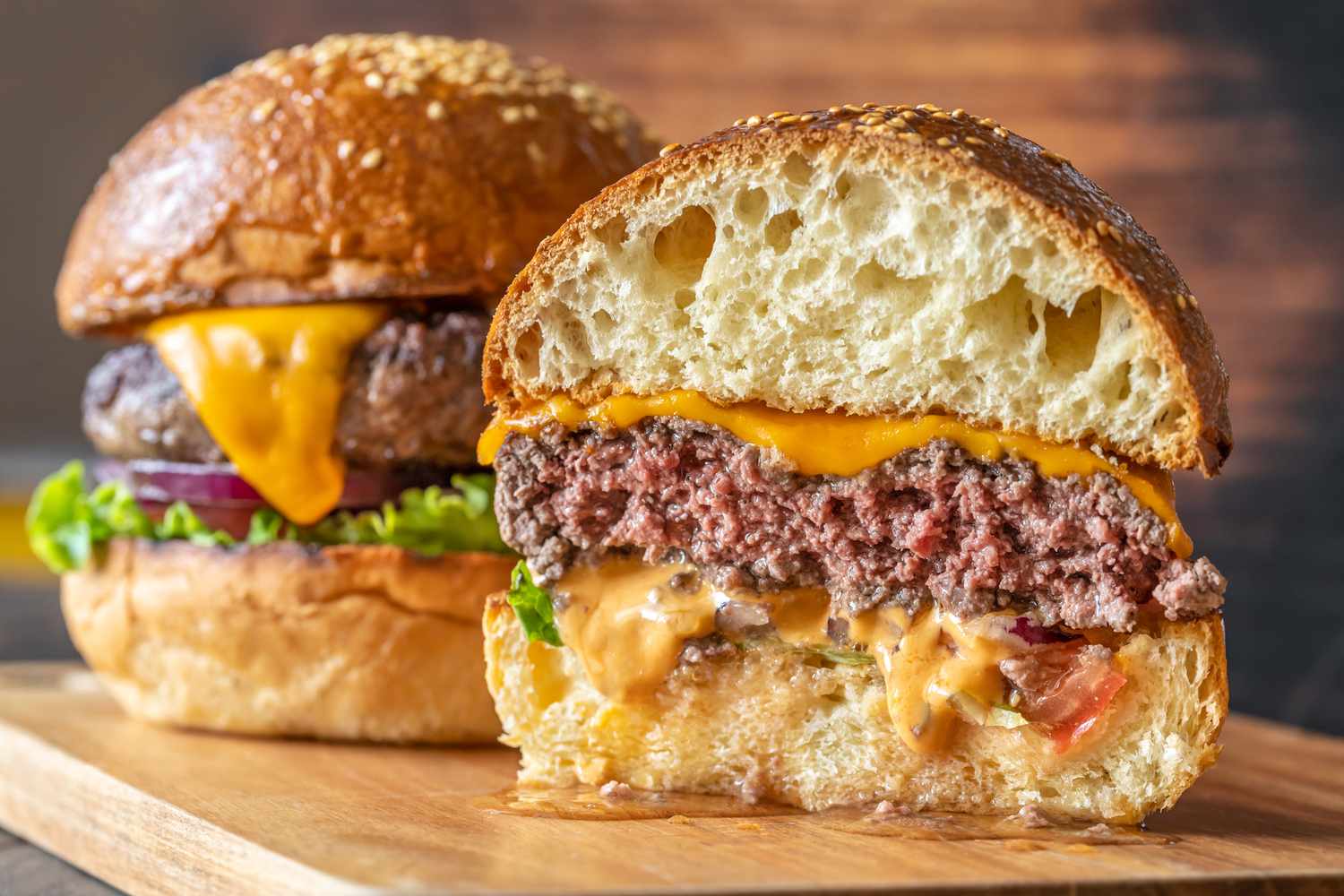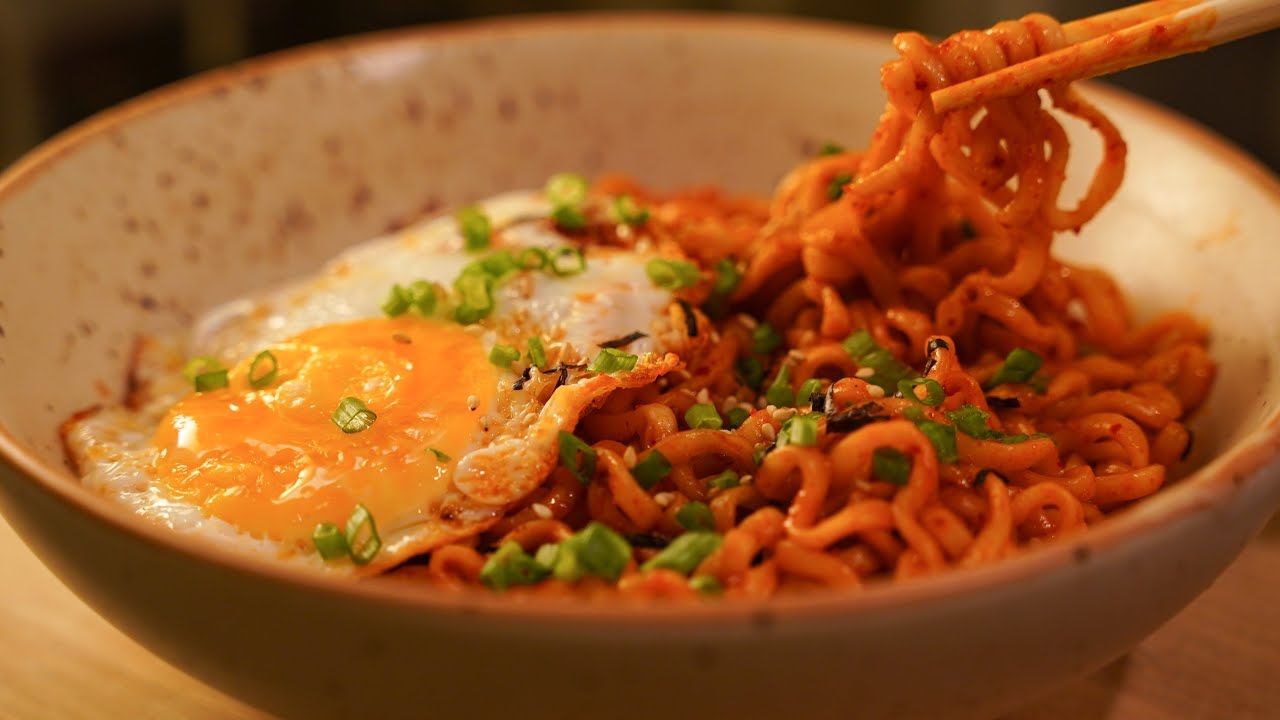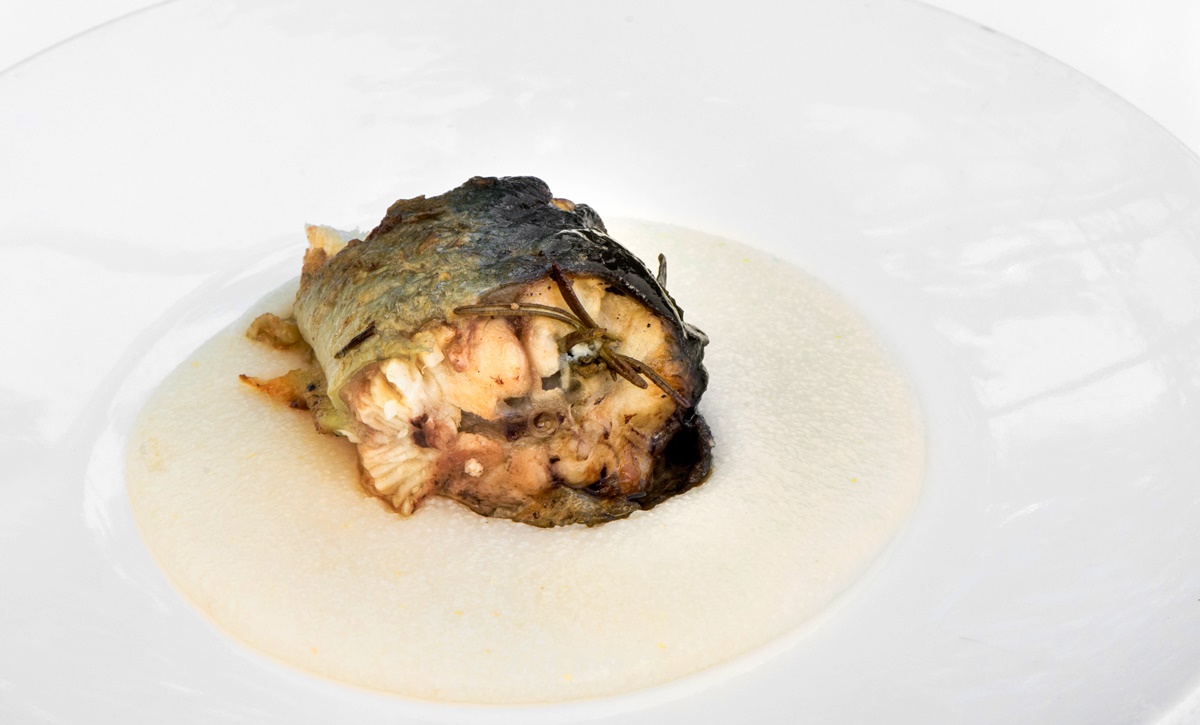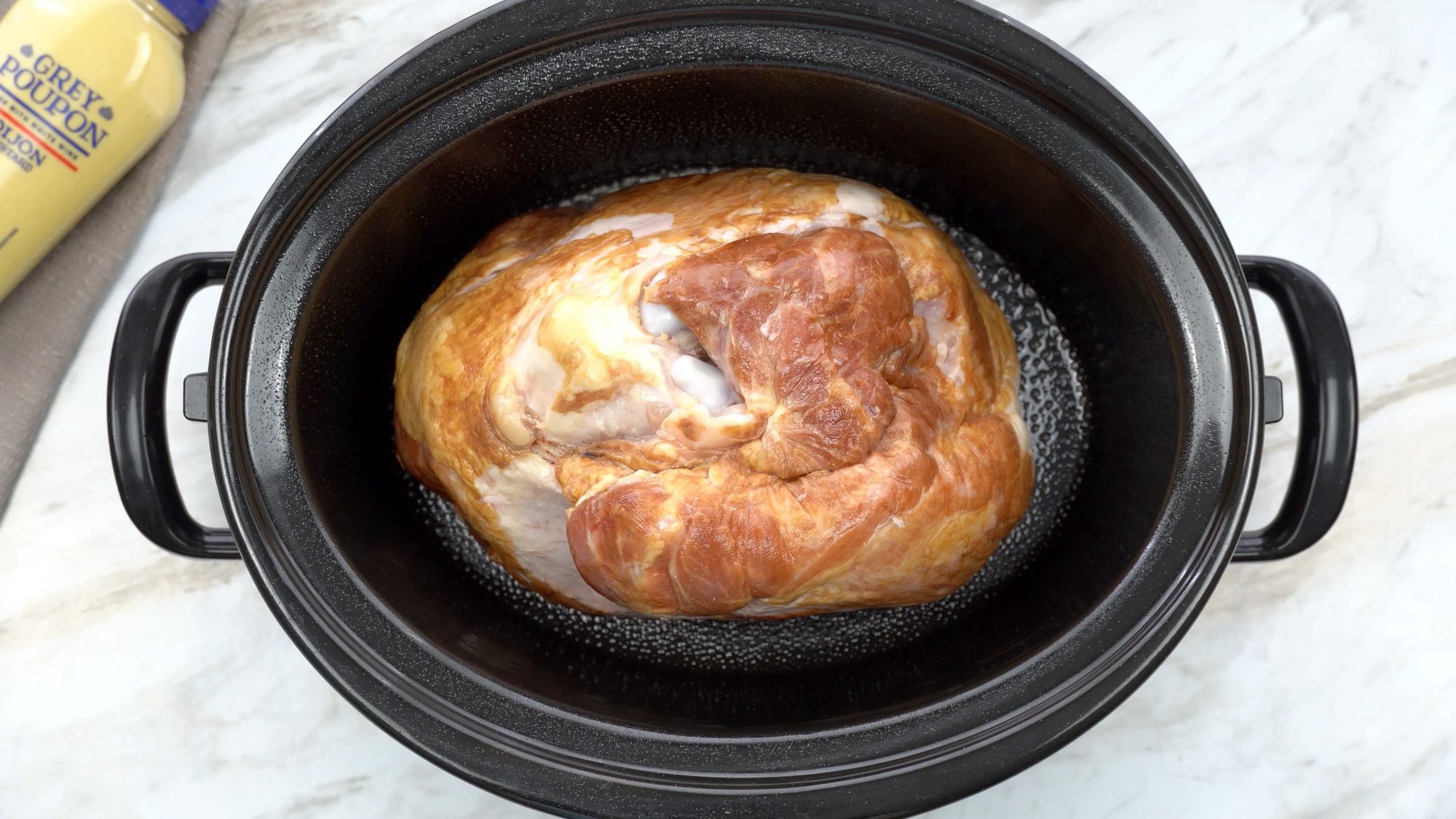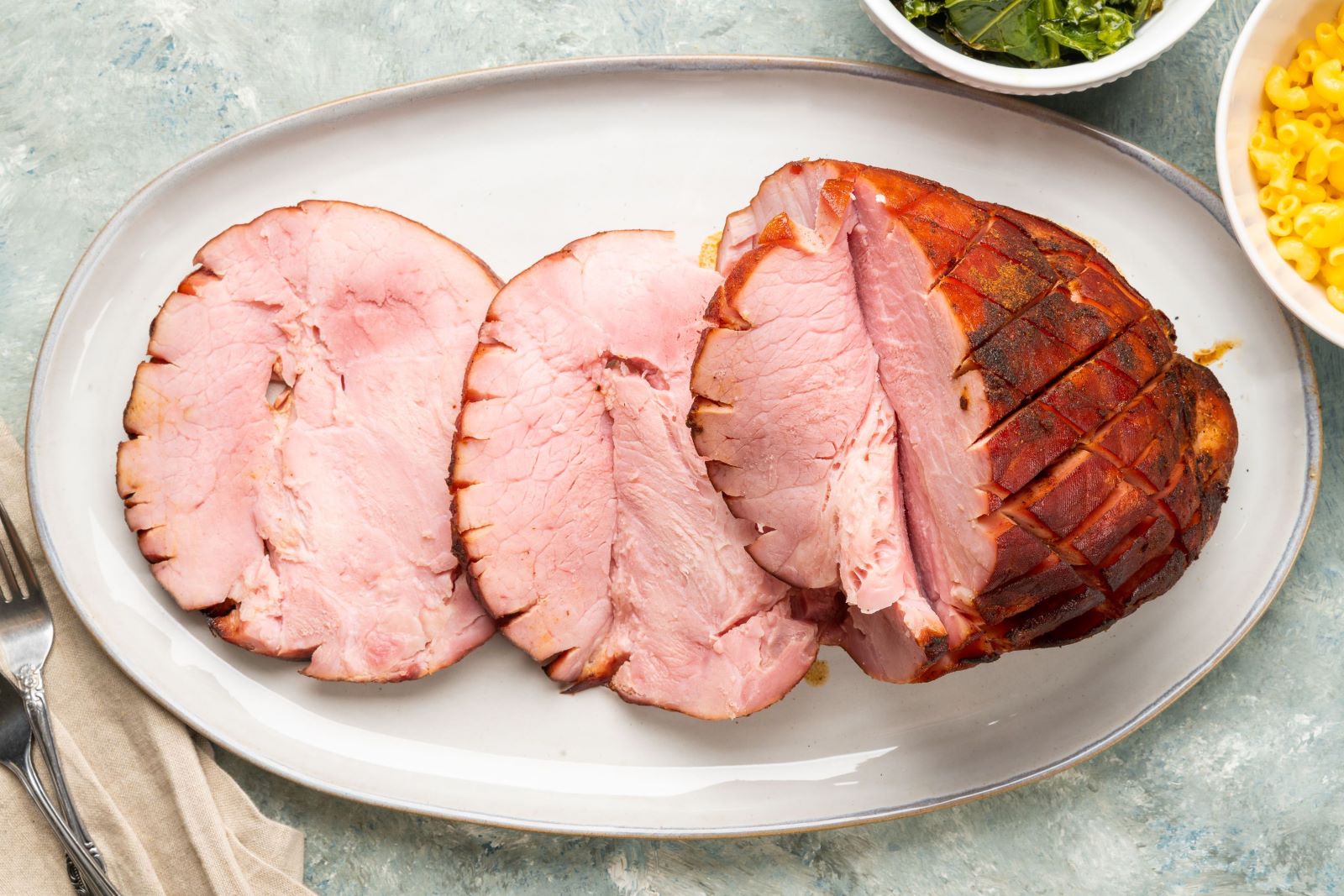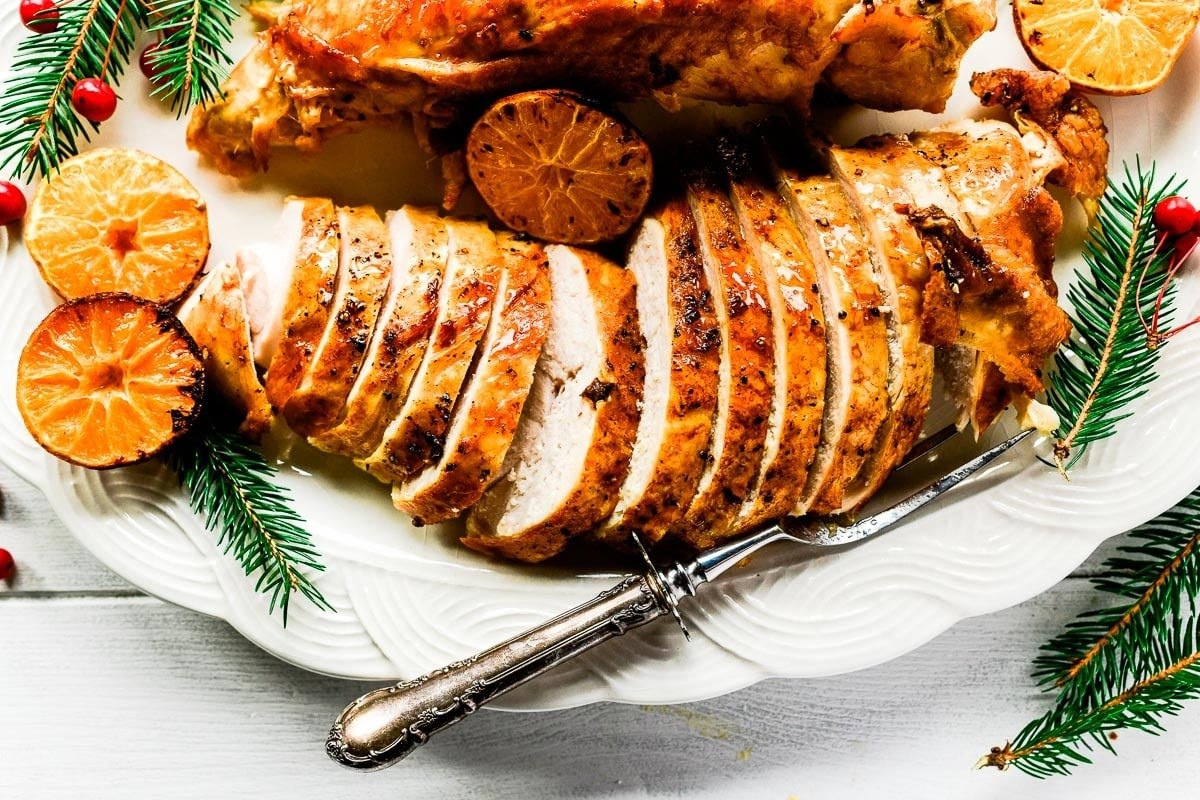How To Add Cheese To Soup Without Curdling
Adding cheese to soup can be a delicious way to add flavor and creaminess, but there’s always the risk of the cheese curdling and ruining the texture of your soup. In this post, we’ll share some expert tips on how to successfully incorporate cheese into your soup without any curdling mishaps.
1. Choose the Right Cheese
Not all cheeses are created equal when it comes to melting in soup. Soft and creamy cheeses like cheddar, Gruyere, or Monterey Jack are excellent options. Avoid using aged or hard cheeses, as they tend to separate and curdle more easily.
2. Gradually Add Cheese
Instead of dumping a whole block of cheese into your soup, start by adding small amounts gradually. This allows the cheese to melt evenly and reduces the chances of it curdling. Stir the soup frequently while adding the cheese to ensure it melts smoothly.
3. Use a Roux or Cornstarch Slurry
To further prevent curdling, create a roux or cornstarch slurry before adding the cheese. This helps to stabilize the soup by creating a smoother texture and emulsifying the cheese. Simply melt butter, whisk in flour to make a roux, or dissolve cornstarch in a little cold water to make a slurry, then gradually whisk in your cheese.
4. Opt for Low Heat
When adding cheese to your soup, keep the heat on low or medium-low. High heat can cause the cheese to overheat and separate. Slow and steady wins the race when it comes to incorporating cheese into soup without curdling.
5. Add Cheese at the End
For the best results, add the cheese near the end of the cooking process. This way, you can ensure that the soup is heated through without overcooking the cheese. Remember to continue stirring gently until the cheese has fully melted and is well incorporated into the soup.
6. Add Cream or Milk
If you find that your soup is still prone to curdling, add a splash of cream or milk to help stabilize the mixture. The added fat and liquid can help create a smoother and more homogeneous soup.
7. Serve Immediately
Once your cheese has melted and your soup is perfectly creamy, it’s time to serve! Enjoy your delicious cheese soup immediately to ensure the best texture and flavor.
By following these tips, you can confidently add cheese to your soup without worrying about any unwanted curdling. So go ahead, get creative with your soup recipes and savor the rich, cheesy goodness!
Explore Delicious Recipes and More Ways to Use This Guide
Now that you've mastered the technique of adding cheese to soup without curdling, it's time to put your skills to the test with a variety of delicious, cheese-based soup recipes. For starters, the Creamy Broccoli Cheddar Soup offers a classic comfort dish perfect for any cheese lover. For a more adventurous palette, the Jalapeño Popper Soup with Cream Cheese combines spicy jalapeños with smooth cream cheese, delivering a bold flavor. And for those seeking a rich, gourmet experience, the Lobster Bisque with Fontina provides an elegant blend of seafood and creamy cheese. Each recipe utilizes the methods discussed, ensuring a smooth, delectable finish to your soups.
Was this page helpful?
Read Next: How To Add Eggs To Soup

